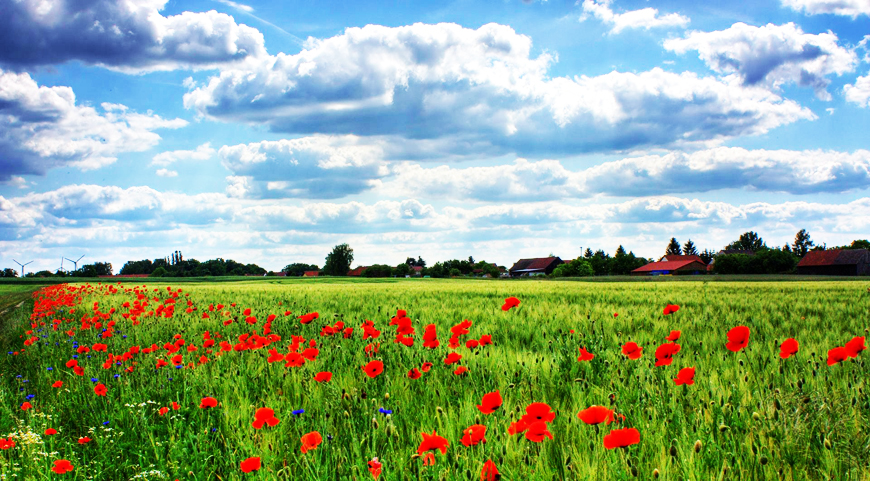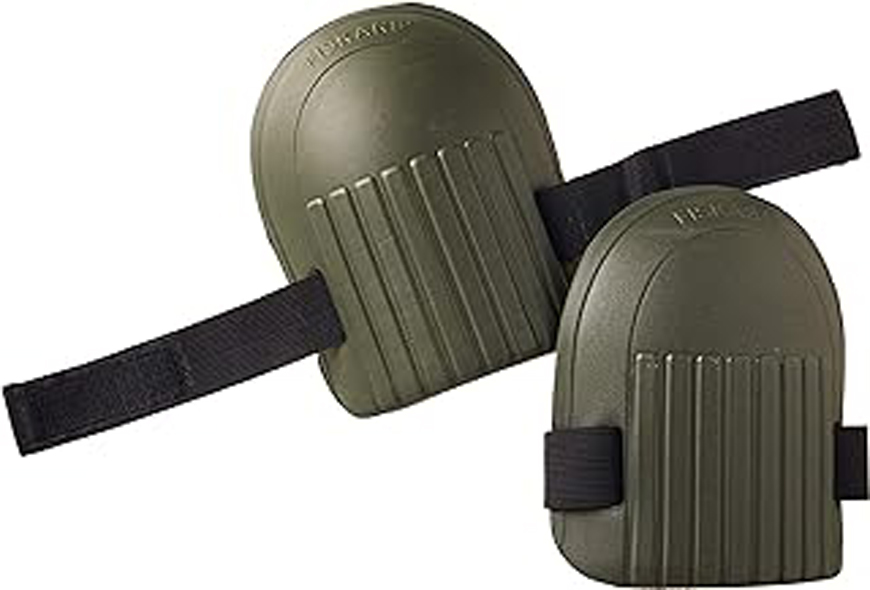Tips For Great Summertime Photos

By Albert Chi
It shouldn’t surprise you that more photos are shot during the summer months than at any other time of year. The weather is great, the sun shines more and that gets photographers in the mood to get outside and, hopefully, make some great images. But it also means that more bad images are made. To avoid that, here’s some advice that will tip the scales in your favor and elevate your images from ho-hum to wow. Let’s begin.
1. Don't Wing It
Have a goal in mind whenever you decide to shoot pictures. Don’t just wander around hoping that something will catch your eye. Decide, for example, that today’s the day for shooting unique doorways, seals at the zoo, kids playing street sports or something equally specific. With your mind (and eye) focused on one objective, you won’t get frustrated trying to find things to take pictures of or come back with a lot of junk. In essence, you’re taking
on an assignment that has some structure to it and you’ll be forced to shoot accordingly. You’ll end up with more good images to choose from instead of a smorgasbord of bad ones, none of which may be exceptional because you didn’t spend enough time on each of them.
2. Don’t Fixate on Equipment
Better Cameras don't make better pictures. Many photographers gripe that if only they had this or that camera or lens, they could make better pictures. That really applies to only a few areas, mainly sports and wildlife where, indeed, some long telephoto lenses are required. But even if those complainers had those “magic” lenses, they’d find another reason why they couldn’t bring home the bacon. Learn to make the most of the equipment you have and you you’ll find you don’t really need as much as you thought you might.
3. Find a Long Term Project to Work On
Most Red River (and other) pros have personal projects they’re working on aside from their commercial assignments. It keeps their eye and timing in shape and allows them to shoot whatever (and however) they want to without having to answer to a client. Long-term projects also allow you to make adjustments as you go over your results. You begin to think about how certain images could be improved and you can then make a mental note of what to do it better the next time out. For starters pick a subject that interests you that you can spend at least a few hours a week on over a one or two month period. This could be bridges or buildings shot from different viewpoints at different times of day, a sports or singing group that meets periodically, or a series of pictures on almost any subject.
4. Plan for Success
Preparation, preparation, preparation. It’s the mantra of every pro and you’d do well to heed it. When pros get assignments, they don’t just throw their camera gear in a bag and take off; they do meticulous research beforehand. With the web at your disposal, there’s no excuse for not learning everything you can about your intended subject so you have a roadmap of how to proceed before turning your camera on.
5. Consider Some Accessories
Some oddball accessories can make a big difference. There are standard items you should always have with you–extra memory cards, batteries, a tripod and all that, but one of the most valuable pieces of gear is a pair of knee pads (do I hear a snicker out there?).

Most photographers simply duck-squat when trying to shoot children or dramatic low-angle shots and that can just about wreck your body and throw you off balance and produce unusable images. An inexpensive pair of knee pads from your local supermarket or hardware chain can let you get down and dirty with a smile on your face. Strap them on under an old pair of jeans so you’re ready to hit the ground at any time. For less extreme angles of activities, bring along a folding canvas stool (about 13-inches high) so you can sit low and shoot. And at the other end of the spectrum, some photographers carry a small, lightweight, 3-step ladder for times they need some added height to improve their viewpoint.
6. Think Different
Shoot the same subject from different points of view and at different times of day. At first, this can be a killer because it takes some thinking and a lot of work. But if you look at images that impress you, you’ll find that most of them have been shot at unusual angles or with unusual lighting (early or late in the day or at night). After a while, it will just become natural for you to think in terms of different angles and unique lighting and your pictures will suddenly begin to jump out at viewers.
7. Look for subjects That Are Not Obvious
Always keep your eyes open for picture possibilities that aren’t related to your main subject. For example, sports photographers’ most interesting shots are sometimes not of the game but of things big and small that surround it. Fans in the stands, players in anguish over losing or triumphant in victory, a referee tying his shoelaces and so on. Similarly, everyday things that you walk by a thousand times bear closer examination. Even the most mundane object (like an interesting door knocker) can look great if you take the time to shoot it at a unique angle when the light is right.
8. Don’t Delete Bad Images Too Quickly
Avoid being too quick to erase “bad” images after you’ve taken them. Digital makes it too easy to make quick (and often wrong) decisions to delete pictures. Only scrub obvious garbage and, if you’re not sure, keep them to go through after the passage of time. Chances are, you may find some great images you overlooked when you first shot them.
If you keep these points in mind, one thing begins to stand out: the more you shoot the better you’ll become. And that’s easier to do today than with film photography which required a sizable investment in film and processing. So there’s really no excuse for not shooting a lot and, as long as you approach it properly, you’re sure to come up with some stunning results.
Original Publication Date: June 03, 2024
Article Last updated: June 03, 2024
Related Posts and Information
Categories
About Photographers
Announcements
Back to Basics
Books and Videos
Cards and Calendars
Commentary
Contests
Displaying Images
Editing for Print
Events
Favorite Photo Locations
Featured Software
Free Stuff
Handy Hardware
How-To-Do-It
Imaging
Inks and Papers
Marketing Images
Monitors
Odds and Ends
Photo Gear and Services
Photo History
Photography
Printer Reviews
Printing
Printing Project Ideas
Red River Paper
Red River Paper Pro
RRP Products
Scanners and Scanning
Success on Paper
Techniques
Techniques
Tips and Tricks
Webinars
Words from the Web
Workshops and Exhibits
all
Archives
January, 2025
December, 2024
November, 2024
October, 2024
September, 2024
August, 2024
July, 2024
June, 2024
May, 2024
more archive dates
archive article list




